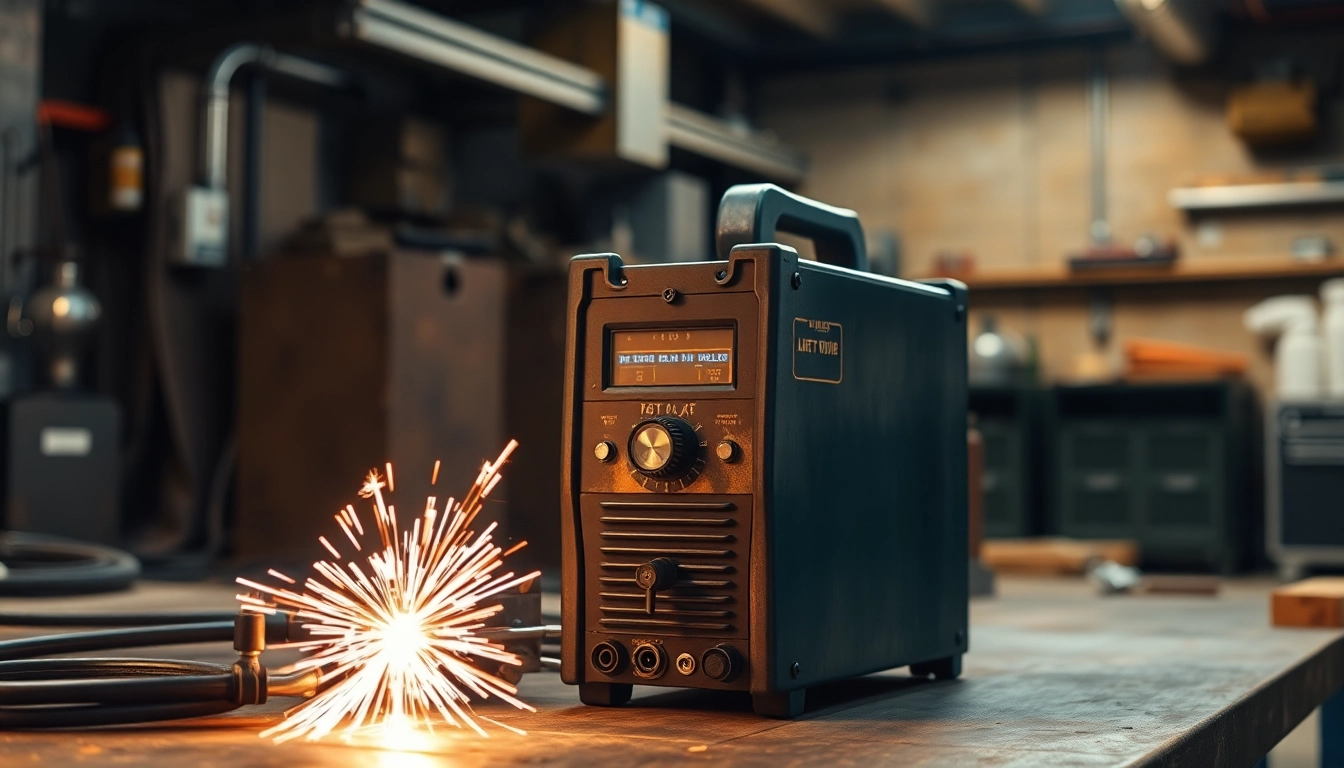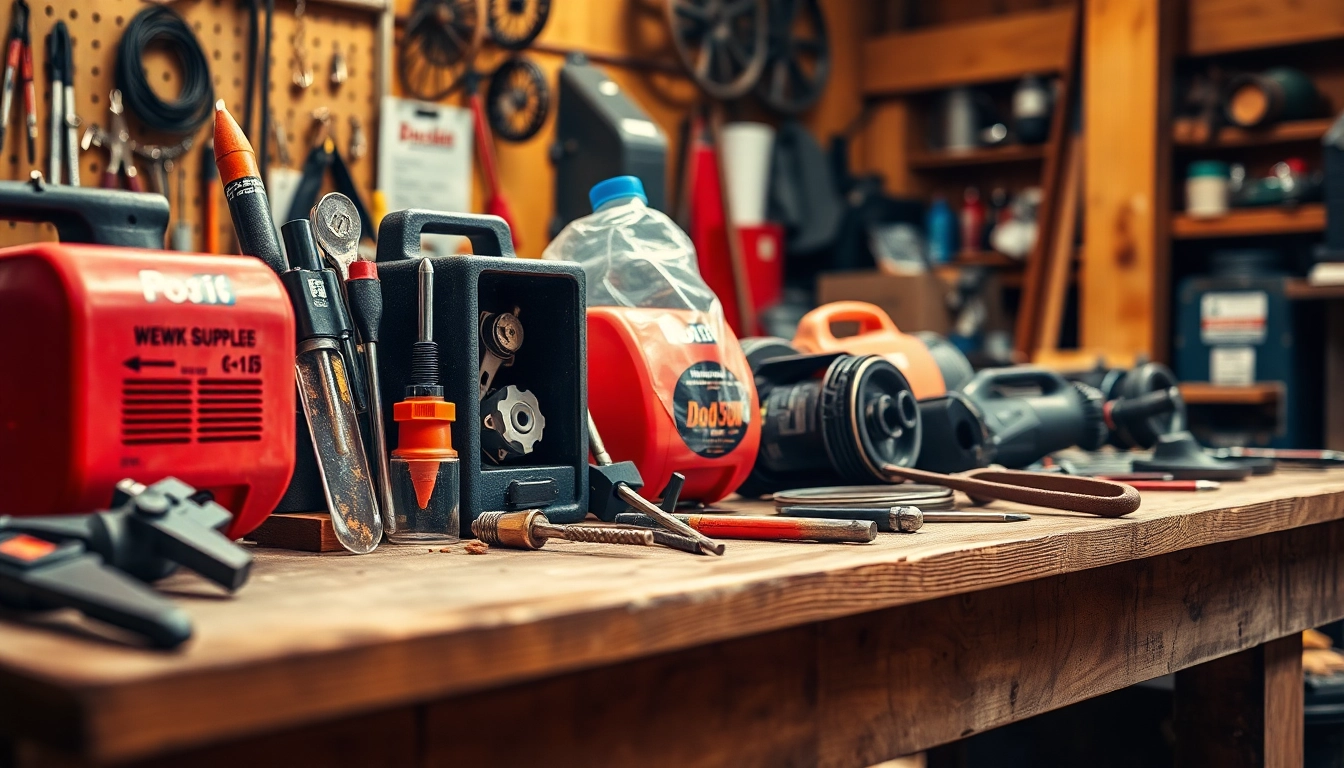Understanding Infusion Resins
Infusion resins play a pivotal role in the composite manufacturing industry, offering exceptional properties and advantages for various applications. When selecting the right materials for composite parts, understanding the intricacies of infusion resins is crucial. These low-viscosity resins are designed to flow easily into dry fibers, ensuring an efficient and effective infusion process. This article delves deep into infusion resins, exploring their properties, types, benefits, applications, and best practices, providing readers with valuable insights for their manufacturing projects. For detailed information on infusion resins, check infusion resins.
What are Infusion Resins?
Infusion resins are specialized formulations used in the resin infusion process, a method that enables the manufacturing of composite parts through vacuum techniques. The infusion process involves creating a vacuum over a dry fiber layup, enabling the resin to be drawn into the fibers, saturating them completely. This technique leads to stronger and lighter structures, ideal for applications in various sectors, including aerospace, automotive, and marine industries. Infusion resins are typically characterized by their low viscosity, high clarity, and excellent adhesion properties, making them suitable for a wide range of composite manufacturing processes.
Key Properties of Infusion Resins
Infusion resins come with distinct properties that set them apart from other resin types. These include:
- Low Viscosity: Enables easy flow through the fiber mat or fabric, ensuring thorough saturation and reducing the risk of voids.
- High Clarity: Provides a clear finish that improves the aesthetic aspect of the final product, suitable for visible parts.
- Controlled Cure Time: Offers predictable curing times, allowing for flexibility in production schedules.
- Good Adhesion: Ensures strong bonding with various fiber types, such as carbon, glass, or aramid, enhancing the structural integrity of the composite.
Applications of Infusion Resins in Industries
Infusion resins are widely utilized across various industries due to their superior performance characteristics. Here are some notable applications:
- Aerospace: Used in manufacturing lightweight and durable components, such as wing structures and fuselage sections. The high strength-to-weight ratio is essential for aerodynamics.
- Automotive: Infusion resins are employed in the production of composite parts that reduce vehicle weight without compromising safety, improving fuel efficiency.
- Marine: Commonly used in the fabrication of hulls and other components of boats and yachts, offering waterproof and corrosion-resistant properties.
- Sports Equipment: Used to create lightweight, high-performance sporting goods, including bicycles, tennis rackets, and surfboards.
Types of Infusion Resins
Epoxy Infusion Resins
Epoxy infusion resins are the most common type utilized in composite manufacturing. They provide excellent adhesion, mechanical strength, and chemical resistance. The curing process generally involves a hardener that, when mixed with resin, initiates a chemical reaction resulting in a solid, durable material. Epoxy resins are known for their superior bonding capabilities and versatility, making them ideal for high-performance applications.
Polyester Infusion Resins
Polyester infusion resins are cost-effective alternatives to epoxies. They are typically used when lower strength is acceptable and are favored for their fast curing times and ease of processing. However, their adhesion properties may not match those of epoxy resins, and they are generally less chemical resistant. Polyester resins find significant use in boat manufacturing and general-purpose composites.
Vinyl Ester Infusion Resins
Vinyl ester infusion resins combine the best properties of both polyester and epoxy resins. They exhibit superior chemical resistance and better mechanical strength than polyester resins while typically curing faster than epoxy resins. They are particularly beneficial in applications requiring enhanced durability and resistance to environmental factors. Vinyl ester resins are widely used in chemical processing equipment and marine applications.
Benefits of Using Infusion Resins
Strength and Durability
One of the primary reasons for selecting infusion resins is their exceptional strength and durability. The infusion process allows for the creation of composite materials that can withstand significant stress and strain. This is especially crucial in sectors such as aerospace and automotive, where component failure can lead to severe consequences.
Enhanced Clarity for Visual Appeal
Infusion resins, particularly those with high clarity, improve the visual appeal of composite products. This transparency is paramount in applications where aesthetics matter, such as in consumer-facing products. Manufacturers are increasingly emphasizing the visual quality of components to enhance brand perception and customer satisfaction.
Controlled Flow Characteristics
The design of infusion resins allows them to have controlled flow characteristics, ensuring that the resin is drawn evenly into intricate fiber structures. This control minimizes the risk of air entrapment and voids, which can compromise the quality and performance of the final composite. The consistent flow also aids in achieving uniform thickness, which is critical for structural integrity.
Best Practices for Working with Infusion Resins
Preparation Tips for Successful Infusion
Effective preparation is key to a successful infusion process. Here are several best practices:
- Ensure Cleanliness: All tools, equipment, and surfaces must be clean and free from contaminants that could affect adhesion.
- Accurate Measurement: Carefully measuring resin and hardener quantities is crucial. Deviating from recommended ratios can affect curing times and material properties.
- Optimize Dry Fiber Layup: Properly layering the dry fibers is essential. Ensure that the fibers are oriented based on the application’s stress requirements to maximize the mechanical properties of the finished part.
Mixing Techniques for Optimal Results
The mixing of resin and hardener is a critical step in the infusion process. To achieve optimal results, follow these techniques:
- Mix Thoroughly: Ensure that the resin and hardener are mixed completely. Insufficient mixing can lead to curing issues.
- Avoid Air Entrapment: Mix in a manner that minimizes the incorporation of air into the mixture. Consider using a vacuum mixer if available.
- Follow Product Instructions: Always refer to the manufacturer’s guidelines for specific mixing techniques and times.
Cleaning and Maintenance of Equipment
Maintaining equipment used in the infusion process is essential for ensuring the longevity of tools and the quality of output. Tips include:
- Regular Cleaning: Clean all tools and equipment immediately after use to prevent resin build-up, which can hinder future operations.
- Inspect Tools: Regularly inspect tools for wear and damage, replacing them as necessary to maintain consistent performance.
- Use Compatible Solvents: When cleaning, ensure that solvents used are compatible with the resin systems being employed to avoid damaging equipment.
Evaluating Performance of Infusion Resins
Testing for Mechanical Properties
To assess the performance of infusion resins effectively, it is vital to conduct mechanical property tests. Common tests include:
- Tensile Strength: Evaluating how the resin withstands tension forces ensures that the material will perform under load.
- Flexural Strength: Testing how the material behaves under bending can highlight weaknesses in the composite structure.
- Impact Resistance: Understanding how well the composite can absorb energy during sudden impacts is crucial for applications in vulnerable sectors.
Assessing Curing Times and Efficiency
Examining the curing times of different infusion resins can help manufacturers choose the right products for their specific processes. Fast-curing resins might be beneficial for high-volume production, while longer-cure options may afford greater material properties and flexibility during the infusion process. Efficiency in curing plays a significant role in production timelines and overall project costs.
Feedback From Users in Different Environments
Gathering feedback from users in various environments provides invaluable insights into the practical performance of infusion resins. This feedback can reveal how different resins behave under specific conditions, guiding manufacturers in making informed decisions based on real-world applications. Such reviews can address issues like temperature fluctuations, humidity, and mechanical stressors, helping refine product choices and manufacturing methods.



